The secret life of a garden pond
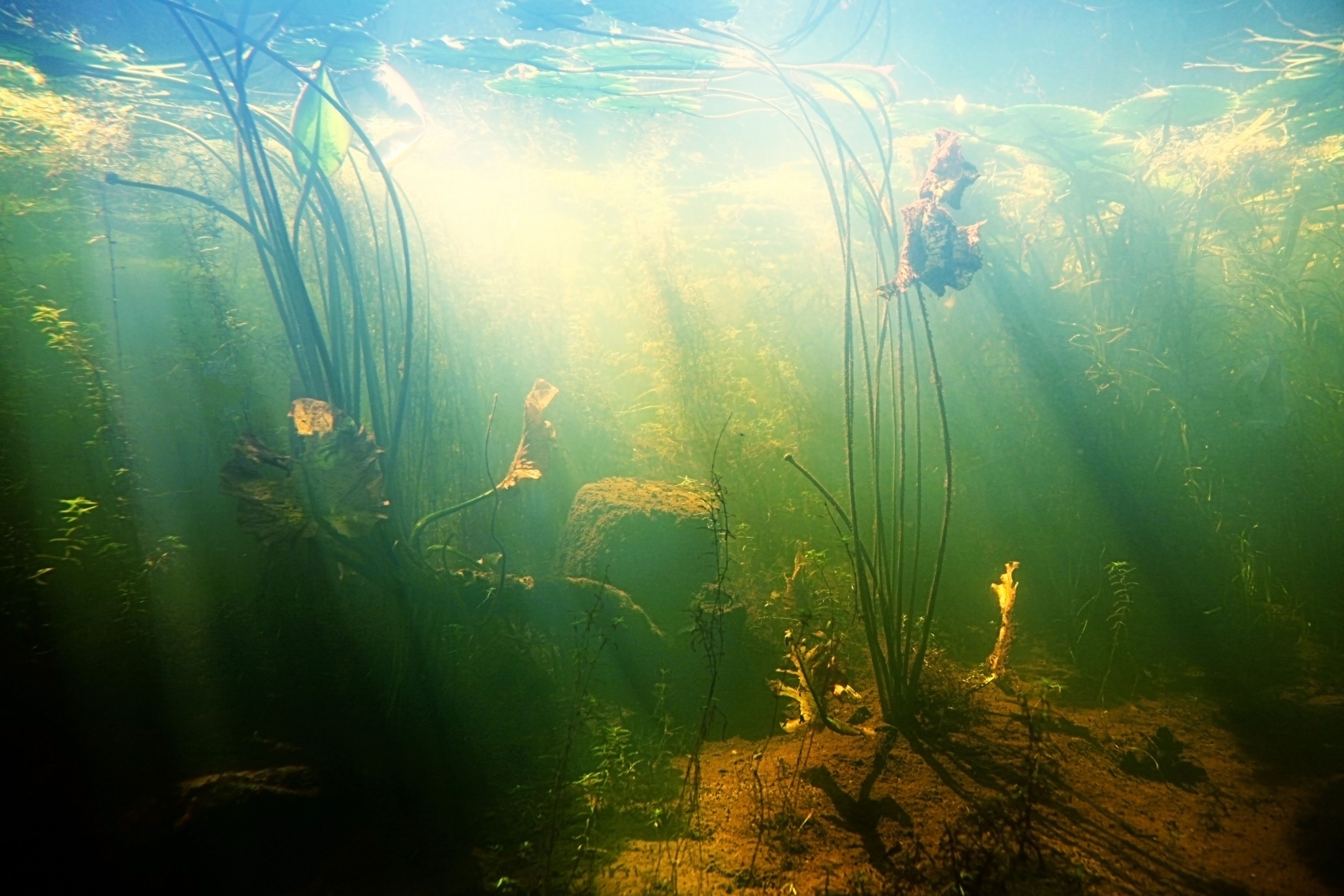
Once upon a time ponds were a regular feature in our landscape. Every village, every farm, most local parks and many gardens had one.
You probably remember the ponds you visited as a child, perhaps to feed the ducks or search for tadpoles.
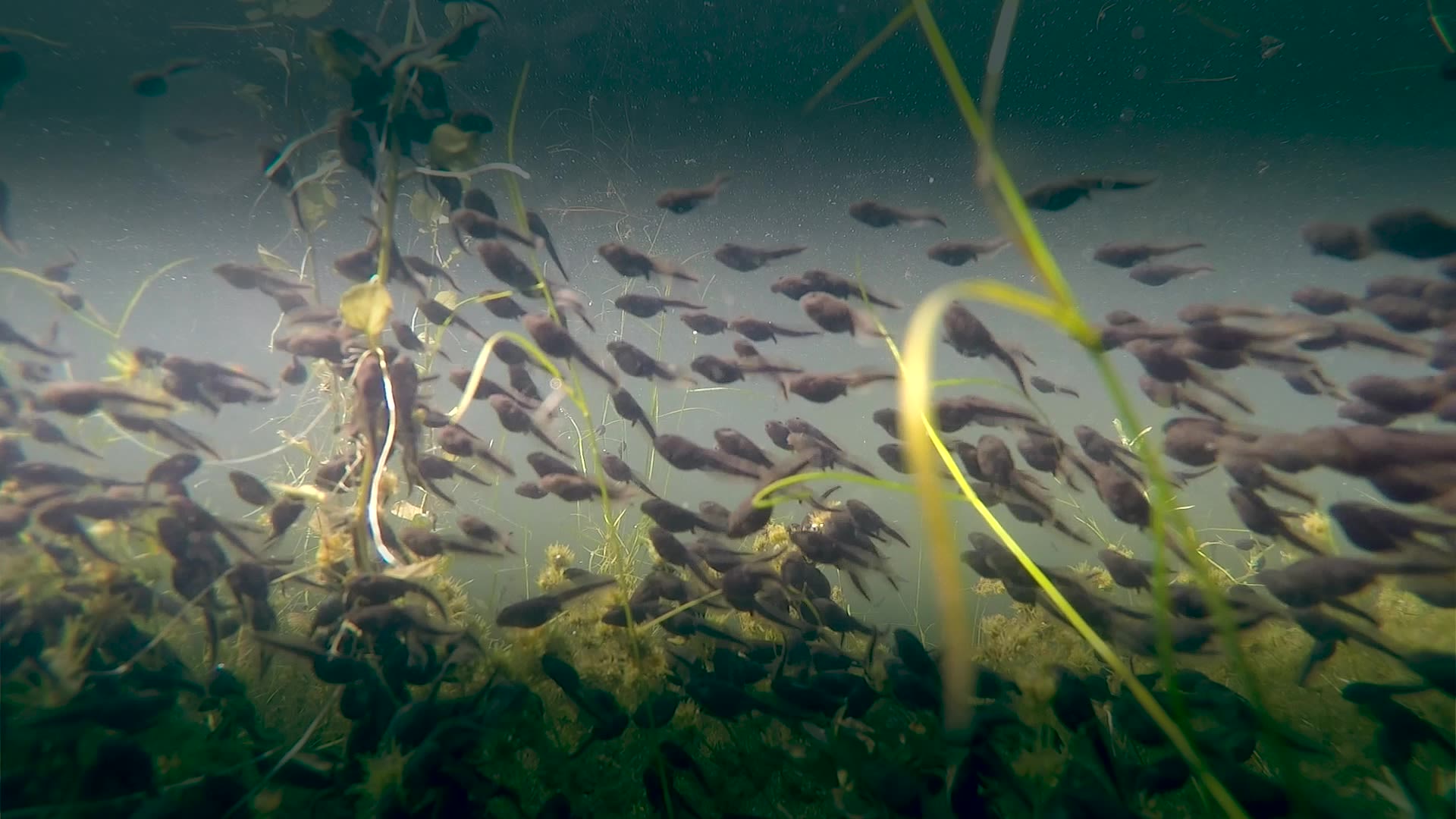
Oases at home
Ponds are a familiar, accessible and important part of our connection to nature, especially in towns and cities where green and blue spaces are less available.
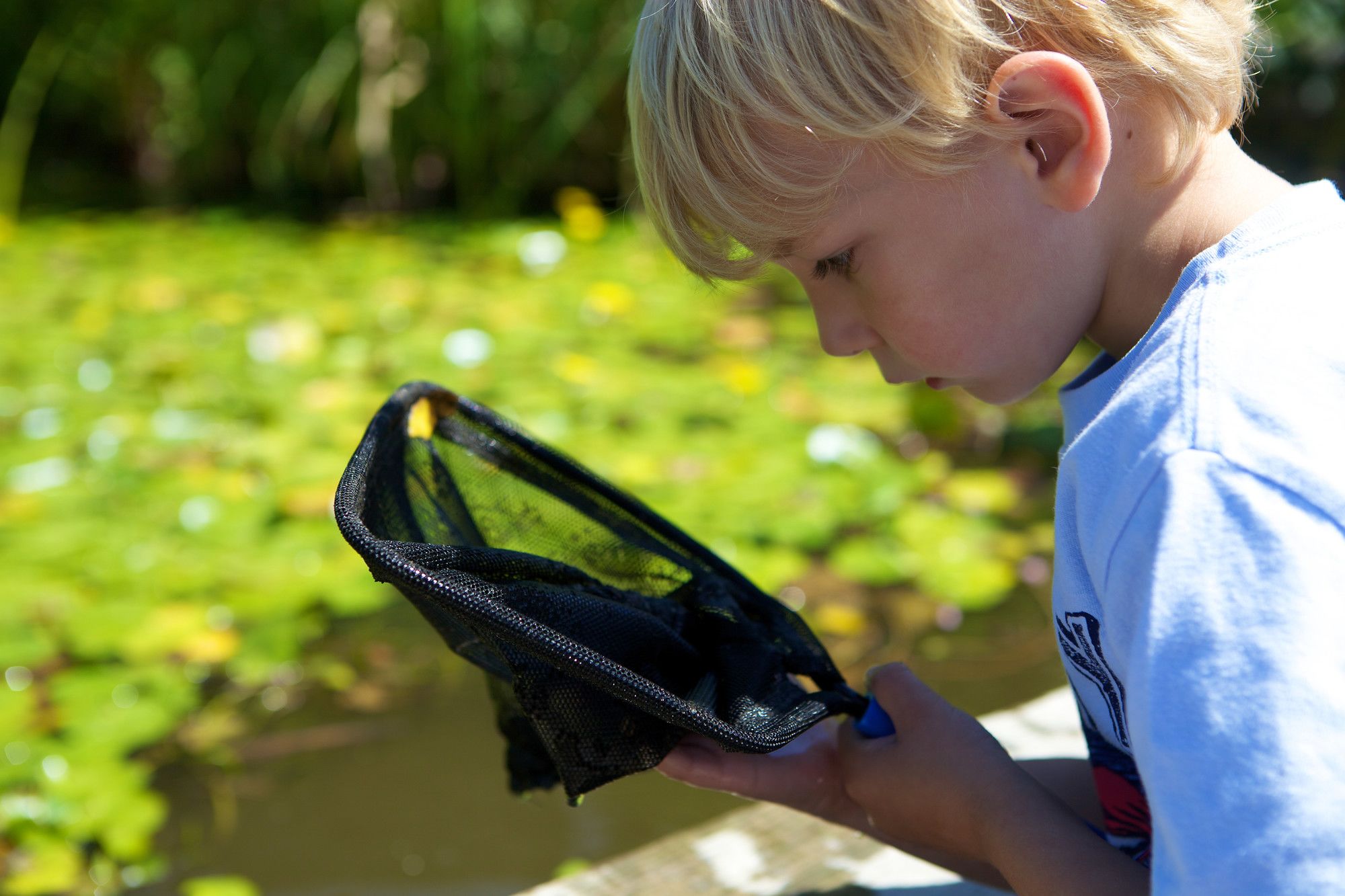
Sadly, during the 20th Century 50% of these essential mini-wetlands were lost in the UK and we continue to lose more. Today 80 percent of the UK’s remaining ponds are found in gardens.
Gardens just like yours...
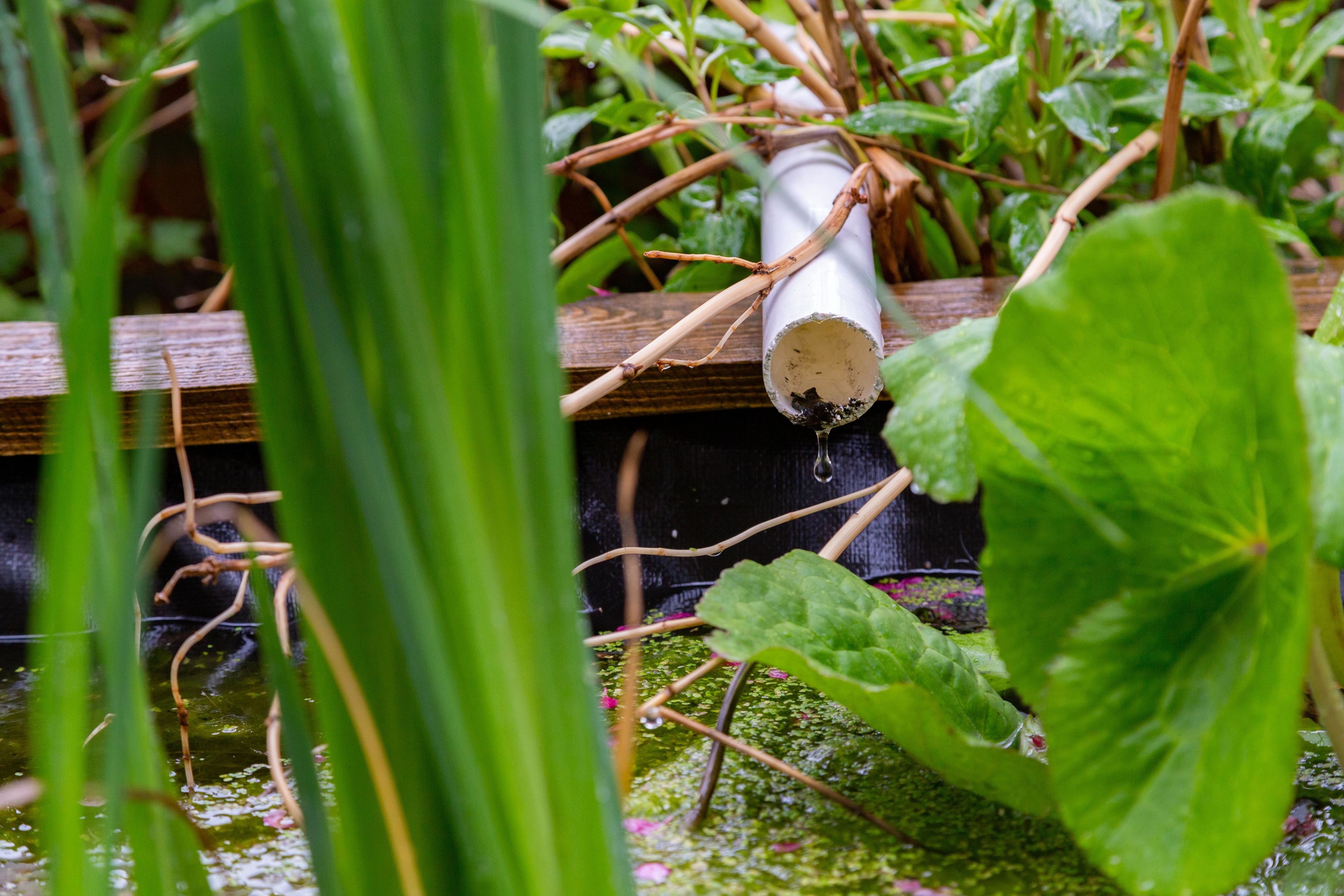
Mini-wetlands with a mighty punch
Ponds are small compared to other wetland habitats, but they pack a big punch. They support two thirds of all freshwater species, including many of our most endangered. A healthy garden pond supports a greater range of wildlife than any other garden habitat.

Garden ponds are particularly important because they’re protected from many of the problems that countryside ponds face. Today, the humble garden pond could mean as much for the recovery of our planet as saving the rainforest, cleaning up our waterways or cutting carbon emissions.
Research shows that smaller bodies of water, like garden ponds, support around two thirds of all wetland plants and animals found in the UK.
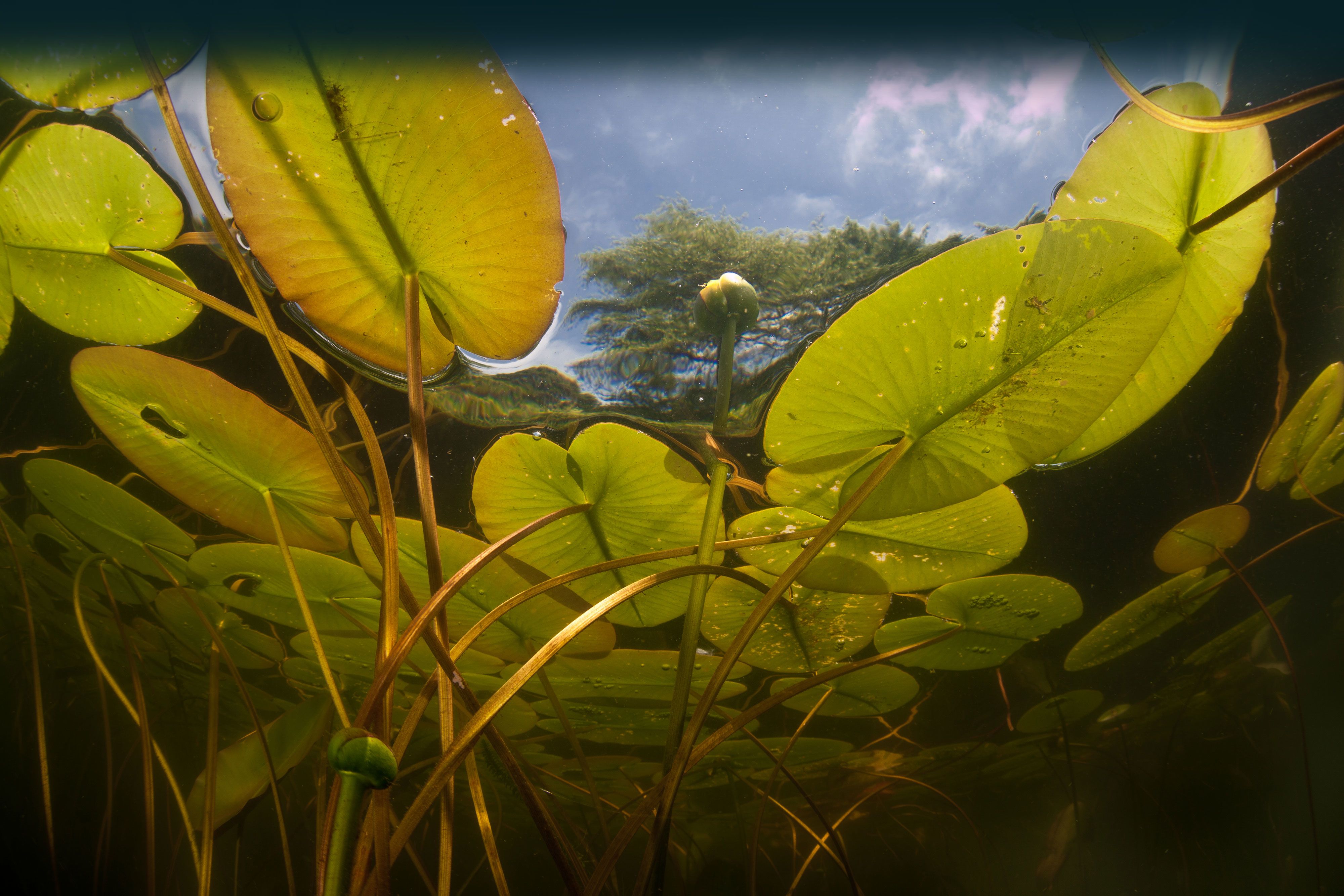
Mini-wetland wildlife
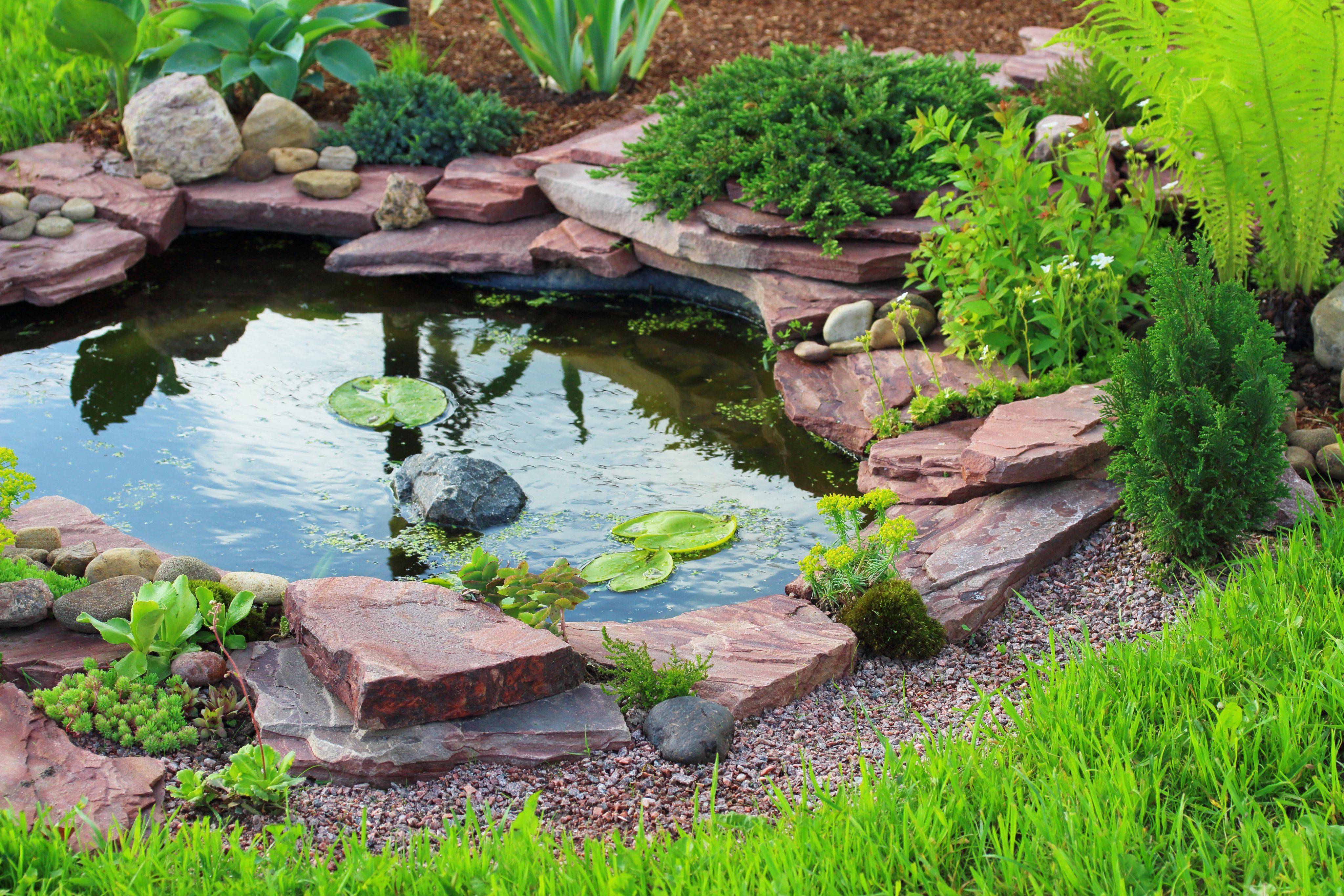
You’ll be amazed at the wide range of wildlife a garden pond can attract.
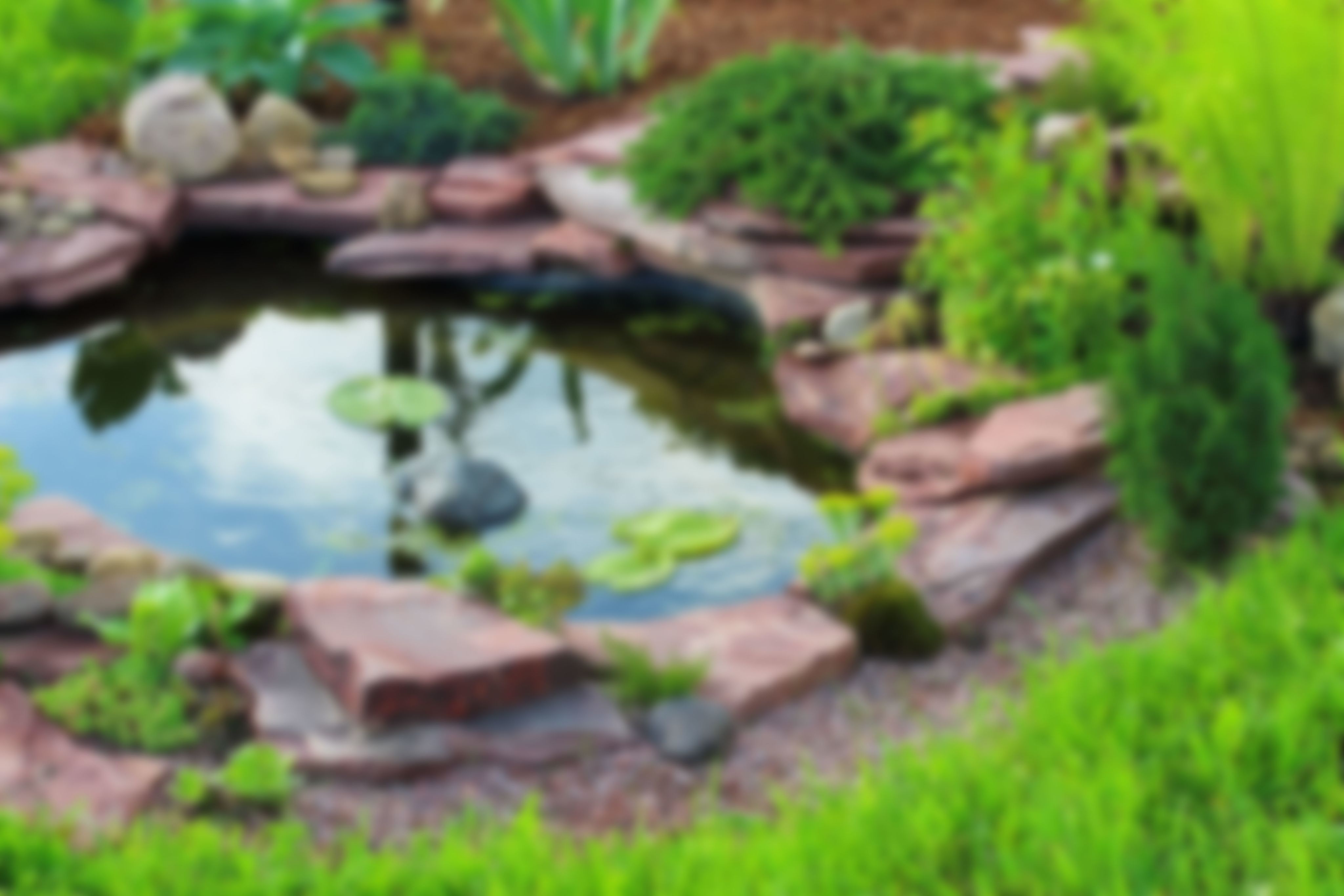

Birds
Ponds attract a wide range of birds. They provide essential food and water but also create safe spaces for roosting and nesting, shrubs and small trees around ponds make the perfect spot for smaller birds.
Some birds, particularly blackbirds, use the shallow edges to bathe in. Swallows, house martins and swifts can often be seen feeding on emerging insects from above the water surface.
Songbirds, such as goldfinches, eat seeds and buds from plants around ponds.
You might be surprised to discover that grey herons are commonly spotted in garden ponds, even small ones, feeding on fish, invertebrates and amphibians. Mallards, coots and moorhens often make themselves at home in larger garden ponds.
Amphibians
Newts spend the early summer months in ponds, where they hide under rocks at the bottom. Later in the season they’ll be found in long vegetation surrounding the pond, where they feed on invertebrates. If you’re lucky you might even get a rare great crested newt. Toads will visit ponds too but only to lay their eggs.
Frogs spend their larval stages in a pond and then, as adults, move between land and water, often spending the day hidden under logs. They usually hibernate on land but some spend winter at the bottom of deeper ponds where they bury themselves under sediment and litter.
Dragonflies and damselfly...
...are drawn to even the smallest garden ponds. Some species lay their eggs directly into the water by perching on floating leaves such as water lilies, while others lay eggs into rotting wood or partially submerged branches.
Grass snakes...
...can be spotted basking in the sun near their favourite ponds, or even swimming, during the summer months. They’re capable swimmers, spending as much time on land as in the water. They feast on the amphibians and fish they find there. This species of snake is the UK’s largest snake but don’t worry, they’re harmless. They hibernate between October and April.
Mammals
Your pond may also attract mammals like badgers, foxes and hedgehogs. They often visit gardens at night to forage. Garden ponds provide essential food, water and shelter in urban areas where green space can be hard to find.
Small mammals will visit even the tiniest gardens. You might catch a glimpse of a shrew, vole, mouse, mole, rabbit or squirrels.
Bats visit ponds during their nightly foraging trips. Different ponds attract different species. Garden ponds mainly attract the smallest of our bats, pipistrelles. They feast on the flying insects that you find in and around garden ponds. The bats you see flitting around just above the surface of larger water bodies are Daubenton’s bats, they feed on insects in flight. Sometimes using their feet and tails to scoop them up from the water.
Pond plants for wildlife
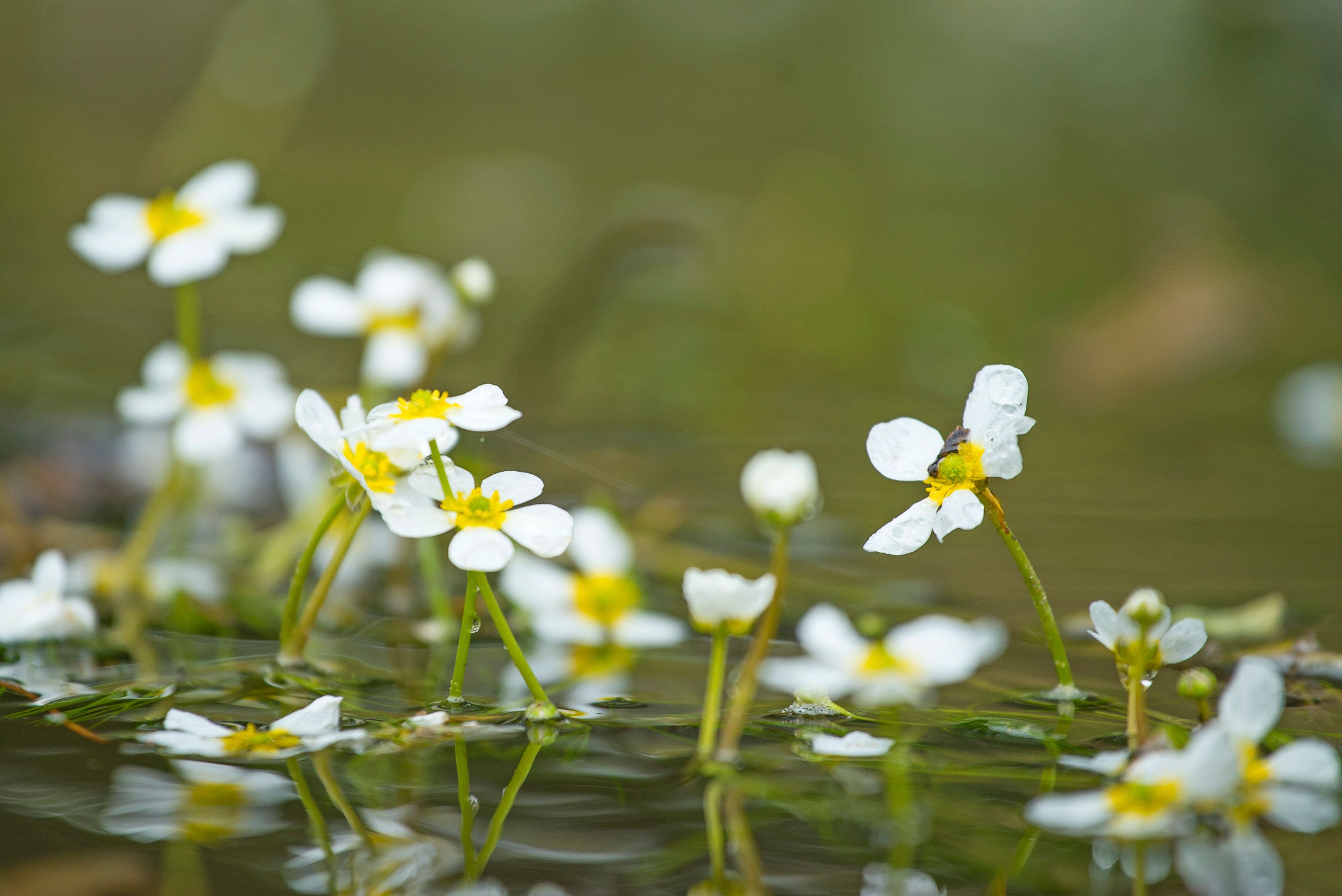
The plants in and around a pond are essential for supporting wildlife too. Native plants provide shelter, food and breeding grounds for numerous species, attracting bees, butterflies, dragonflies and birds.
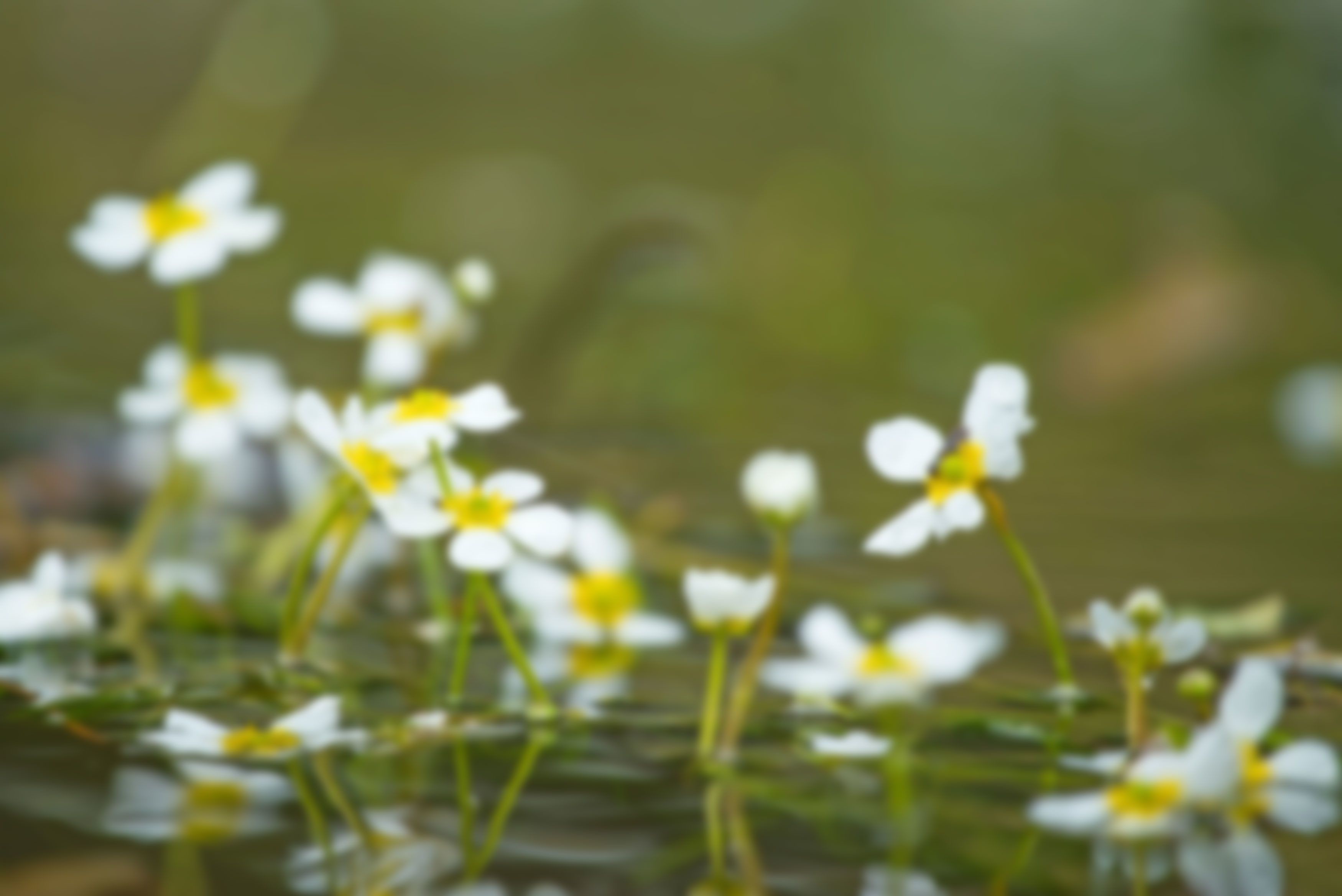

Plants around the edge of the pond like reed, rush and sedge give a safe haven to aquatic invertebrates like freshwater snails. While the underwater stems of plants that emerge from the pond are great hiding places for diving beetles, one of the UK’s largest beetles.
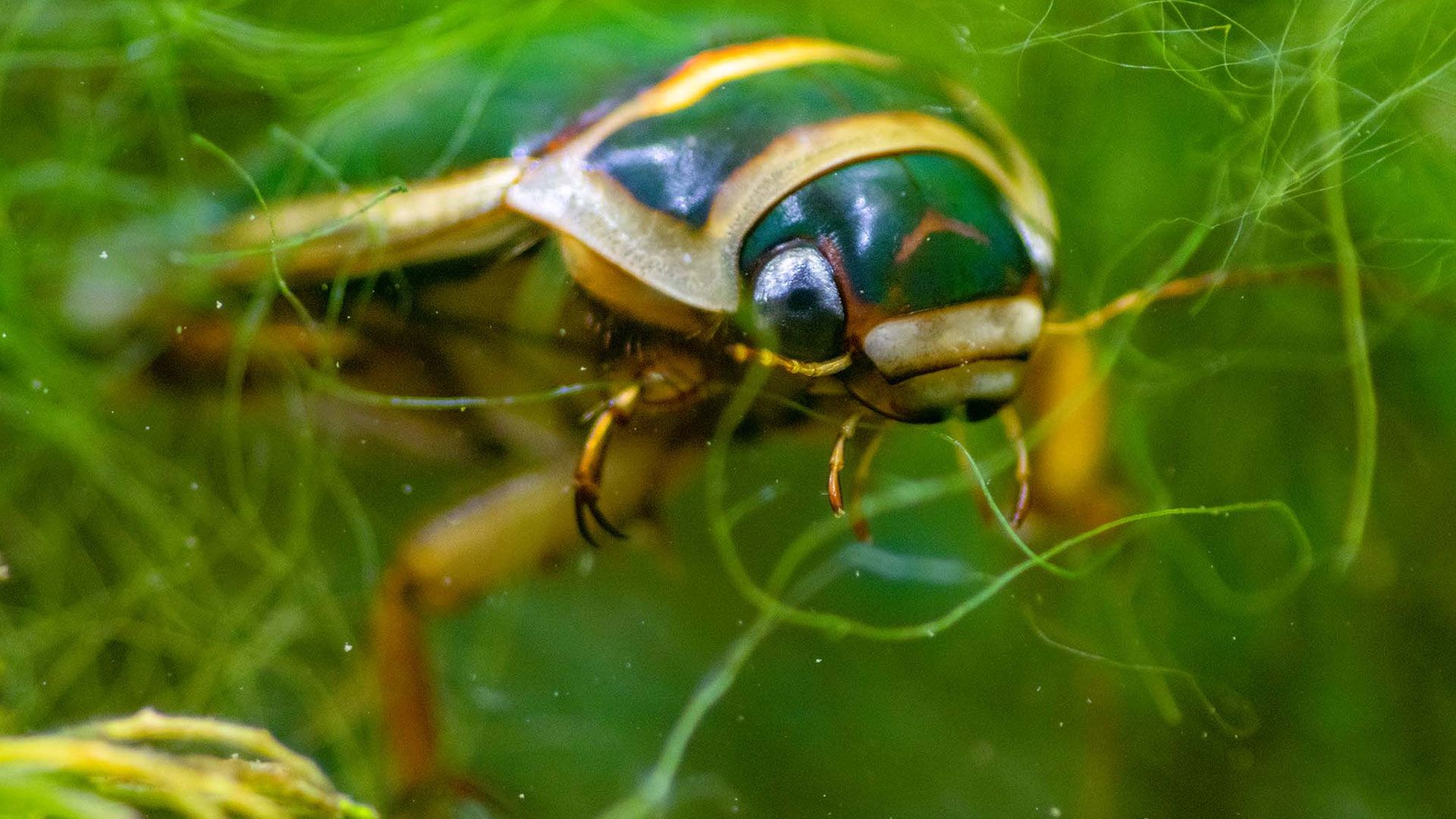
Great diving beetle
Great diving beetle
Floating plants like waterlily, frogbit, water soldier and water hawthorn are used by frogs to rest on and as drinking stations by bees.
Submerged plants such as hornwort, water violet, water-forget-me-not, water crowfoot and water starwort offer cover to tadpoles, water snails and insect larvae.
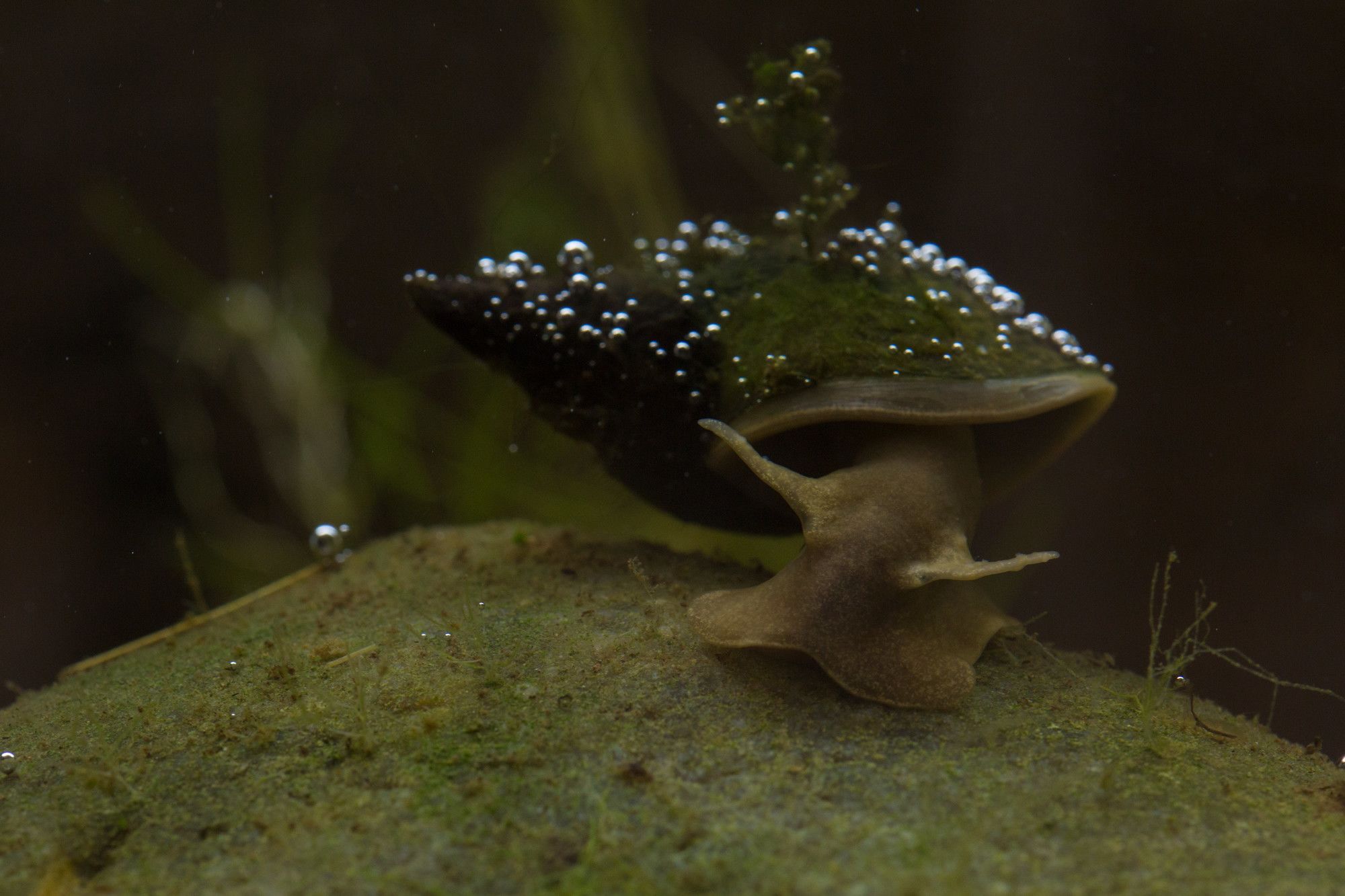
Water snail
Water snail
Around the pond
Strips of longer grass, marginal vegetation or even a wildflower rich area around the edge provide great habitat for pollinators such as bees, hoverflies, moths and beetles.
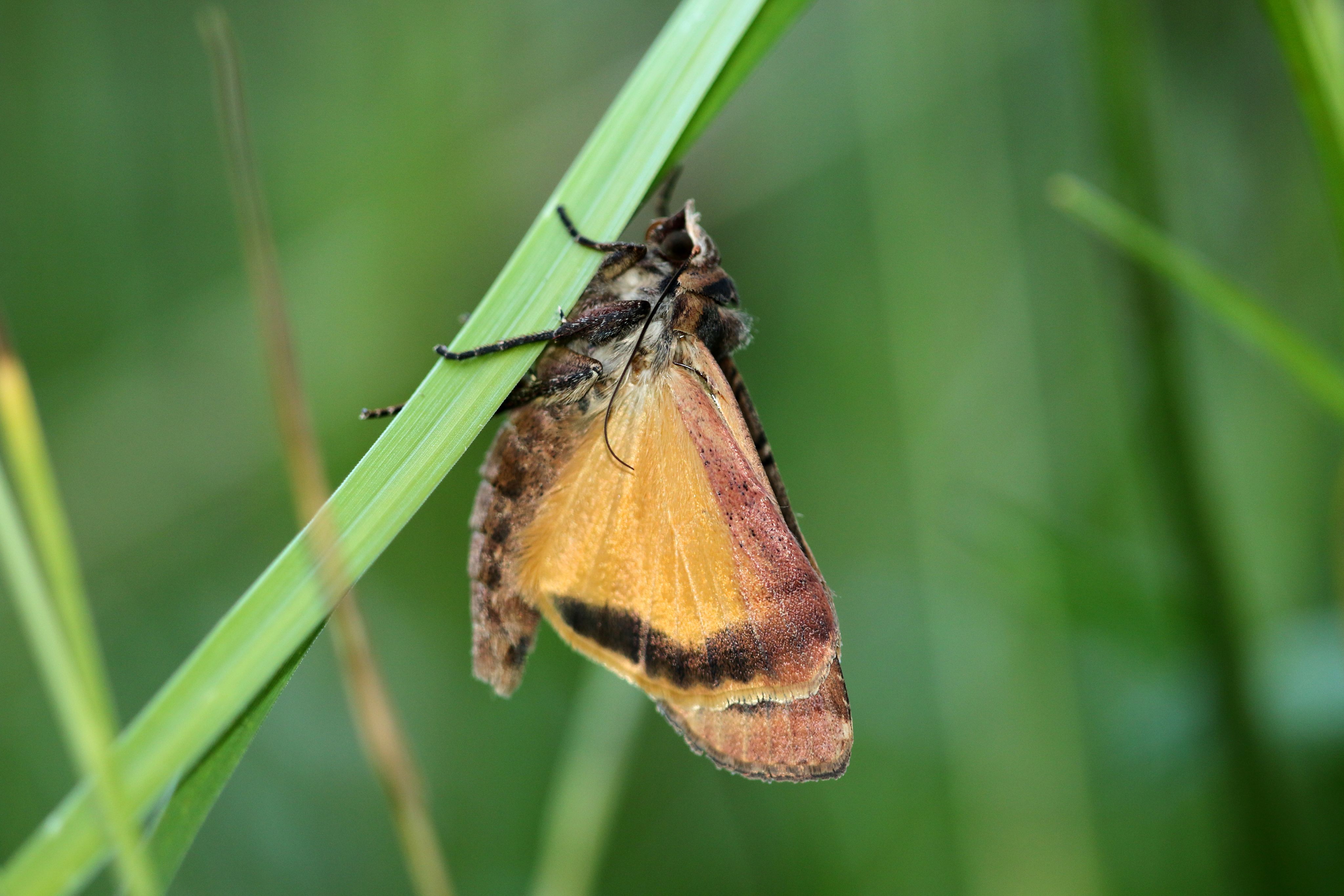
Large yellow underwing moth
Large yellow underwing moth
Pond edges with long, shallow slopes will make sure wildlife has easy access. Bare areas of gravel, large flat stones or mud on the slopes of a pond provide valuable habitat for insects and amphibians. This also allow birds, small mammals and honeybees to drink without falling into the water.
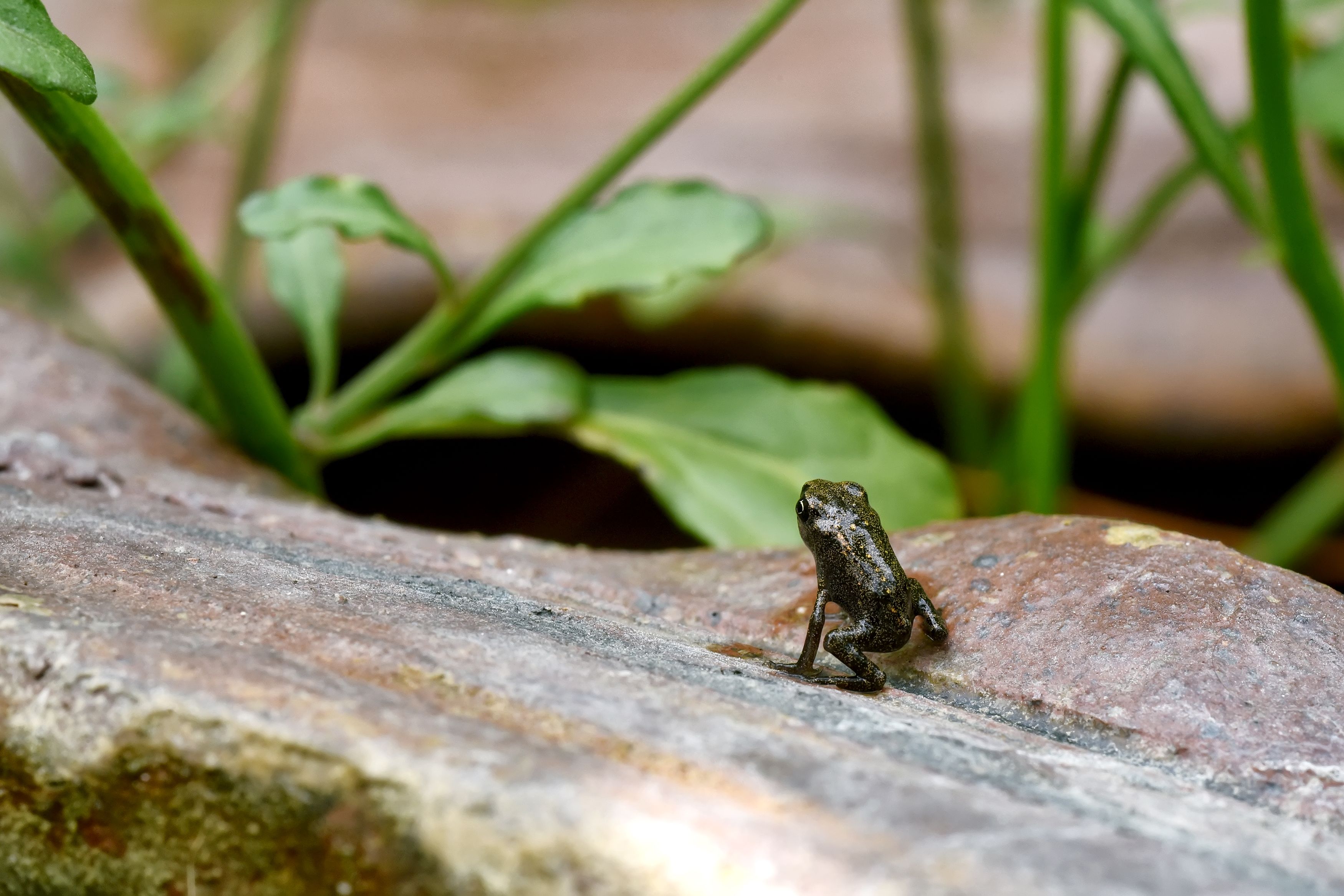
Toadlet
Toadlet
Long grass along the edge of ponds give cover for young amphibians once they leave the pond. Denser shrubs around part of a pond allows birds to approach ponds safely with cover from predators. A sunny, open section at the edge of a pond gives animals such as reptiles and butterflies a place to bask.
Your own mini-wetland
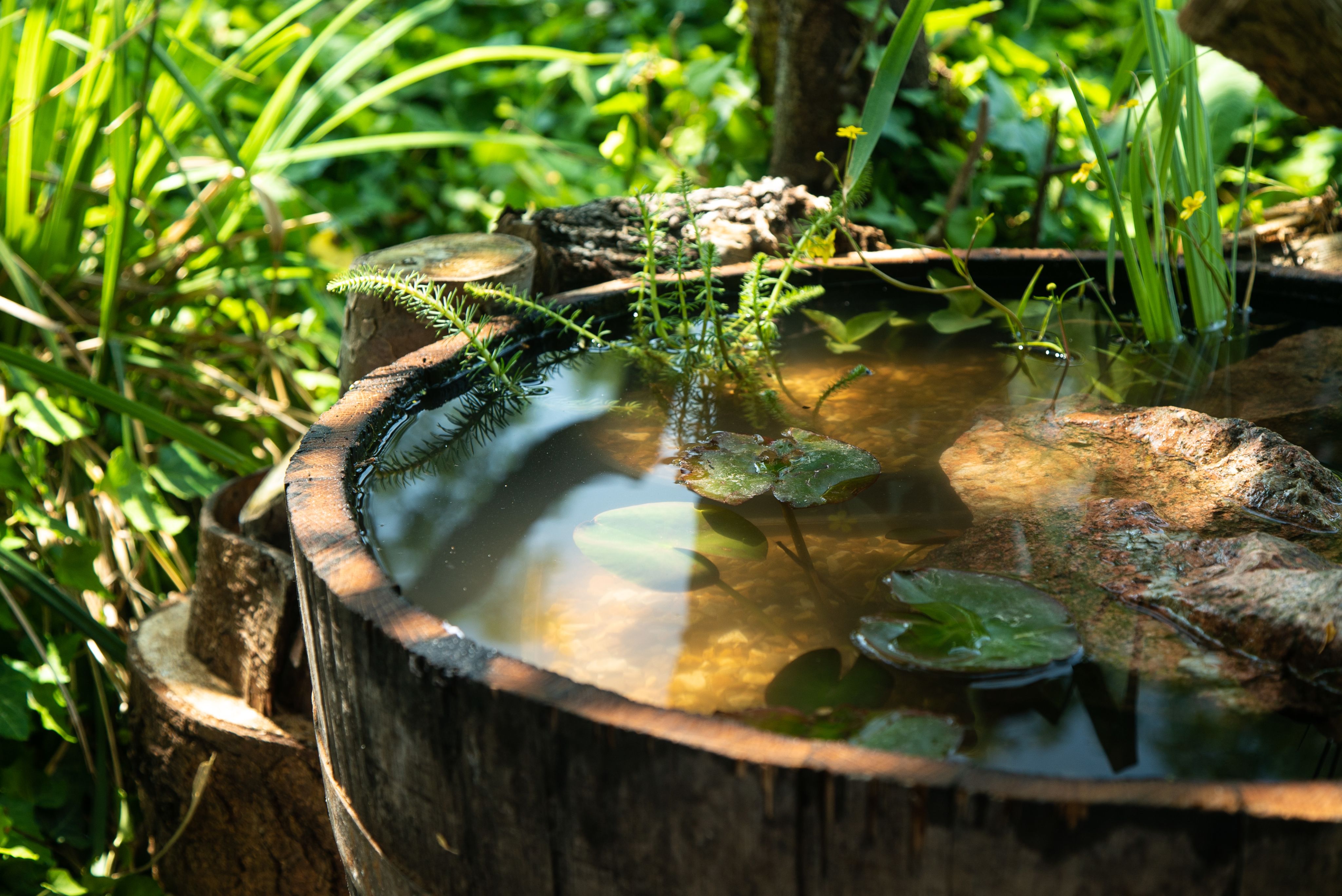
Imagine a mini-wetland oasis in your garden, on your balcony, in a communal space or even where you work. A little space for you and nature to enjoy.
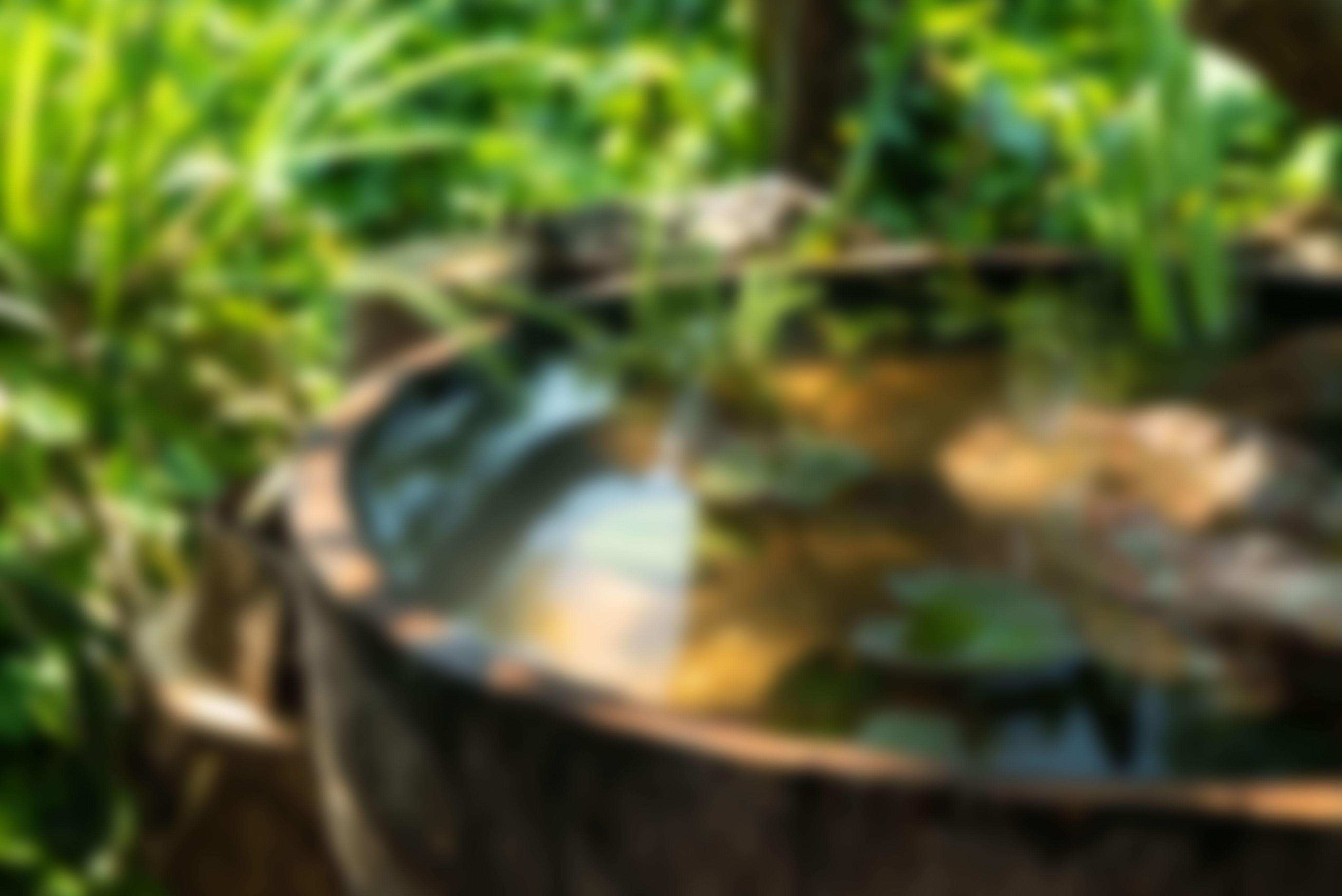

And it’s not just ponds, by building mini wetlands (ponds, bog gardens, rain gardens, drainpipe wetlands) in your gardens, backyards, balconies or community spaces you’ll be giving nature the biggest boost possible, because wetlands support more life than any other type of nature.
And anything goes...
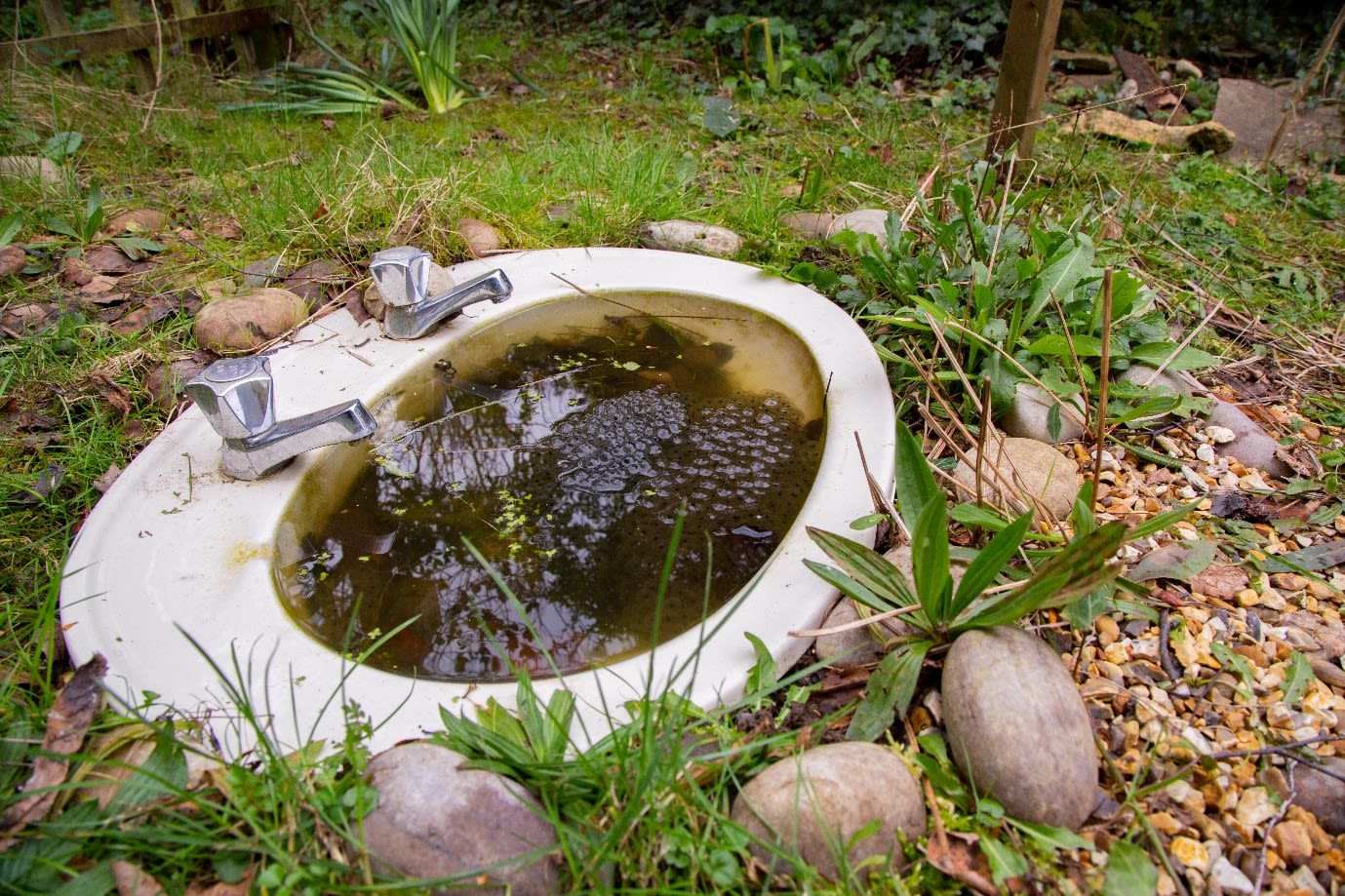
Think outside the box (or the drainpipe). We’ve seen mini-wetlands created from almost anything - washing up bowls, drainpipes, plant pots, sinks, old tyres…
Creating a network for nature
By making sure your mini-wetland is connected to other garden habitats you are creating a network of areas that wildlife can move between, giving nature the best chance to thrive.
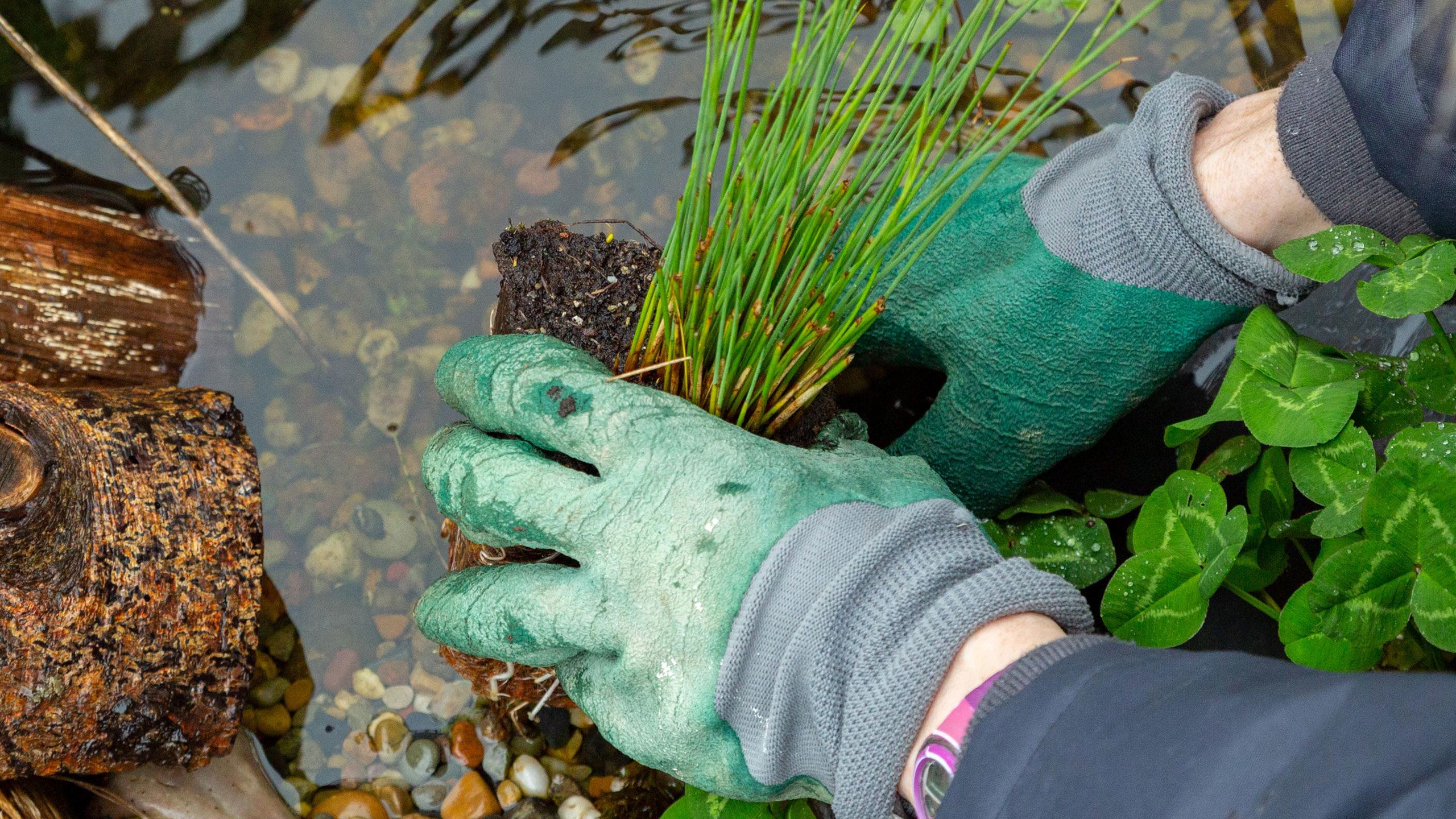
At WWT we believe that creating a mini wetland is one of best actions you can take for nature.
Have fun, get your hands dirty and help nature thrive. Follow our step-by-step videos to help you build a mini-wetland that’s right for you.
